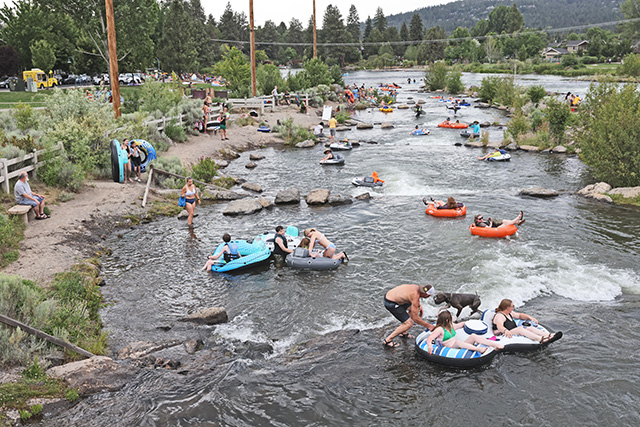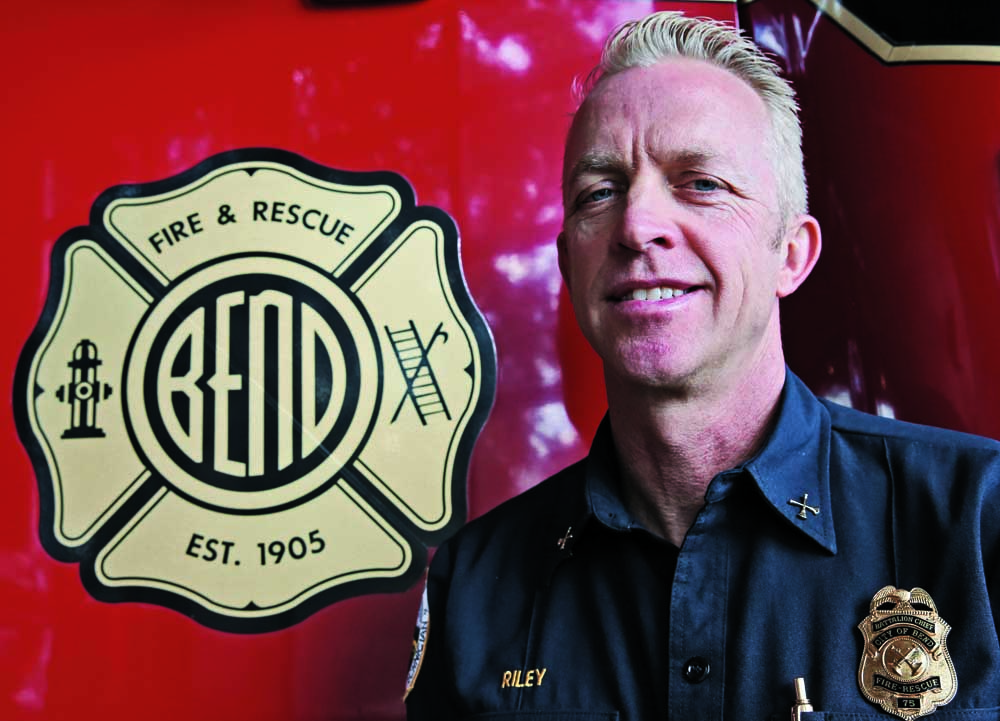Put on detective hat to solve Ford Ranger’s start problem
Published 5:00 am Sunday, June 2, 2013
Q: I have a hot-start problem in my 2003 Ford Ranger. The Ranger will start cold, but after being driven for a while and shut down, the engine will not restart. The starter is OK.
— Jean Wettstein
A: This is certainly a frustrating problem, but it shouldn’t be too tough to fix if you’re willing to become part of the diagnostic team. By your description, it sounds like during a hot-soak restart the Ranger starter cranks fine, but the engine fails to start. “Hot soak” refers to the elevated under-hood temperature that can occur during the first fifteen minutes or so after engine shut-off. Our three categories of concern will be:
• Fuel pressure, particularly the fuel pump and related parts;
• Fuel injector drive, or correct pulsing/clicking;
• Spark, or the ignition system delivering high-voltage pulses to the spark plugs.
First, some questions: Does the “check engine” light come on while driving? If so, helpful trouble codes may be stored. Does the no-start condition happen in a regular or predictable manner? That is, can you learn its habit so the fault can be duplicated? If you can duplicate the condition, do so for a professional technician.
If the fault is difficult to duplicate, let’s spend a little time learning two normal sounds when the truck isn’t acting up, so you can report your findings to the tech. Fuel pump: With the gas cap removed, listen carefully near the filler neck while a helper turns the key to the run position (run only, not cranking). You should hear a hum for about two seconds, then it will stop. Learn this sound.
Another important sound is fuel-injector clicking. This one is a little more tricky — find a friend with under-hood savvy to point out the easiest-to-reach injector, and the safest way to observe it clicking. A long hardwood stick or screwdriver held to the injector while the engine is cranked or running should yield a noticeable clicking or vibration. If you do not have a clear understanding of moving parts and other under-hood hazards, do not attempt this!
Checking for ignition spark is also a great clue to the no-start puzzle, but this is best left to a pro, or perhaps the process could be taught by a skillful friend. During a no-start episode, checking for a missing hum, click or zap can help a lot to narrow the diagnostic search. A faulty crankshaft or camshaft sensor could extinguish spark or fuel injectors. An inoperative fuel pump could be caused by a faulty pump relay or the pump itself. An erratic electrical connection in perhaps a half-dozen possible places could also result in any of these systems performing poorly or not at all. Since the fault comes and goes with temperature and the truck apparently runs well between bouts, the fault is highly unlikely to be mechanical in nature.
If I were the technician checking this, I’d make a prearranged shopping list of test points, such as the crankshaft sensor and other terminals at the power-train control module. I’d also take a close look at all scan-tool engine data during a normal start, and be poised to take a data snapshot during an episode for comparison. A fuel pressure gauge, noid light (injector signal tester), and spark tester would also be ready for action.
During an episode, it will be necessary to work quickly and decisively to zero in on the cause before things return to normal. Problems like these are challenging, yet fun to trounce.







